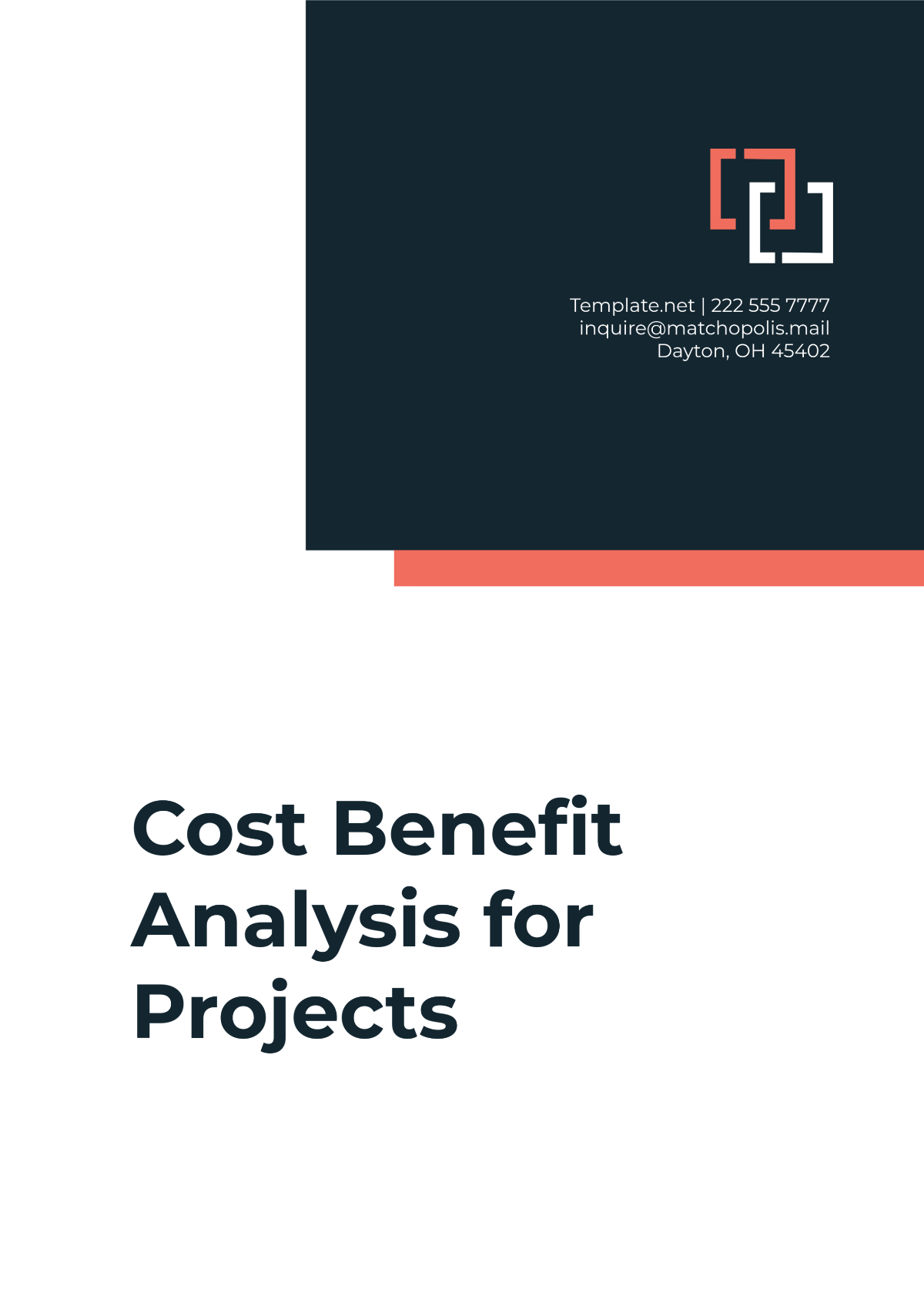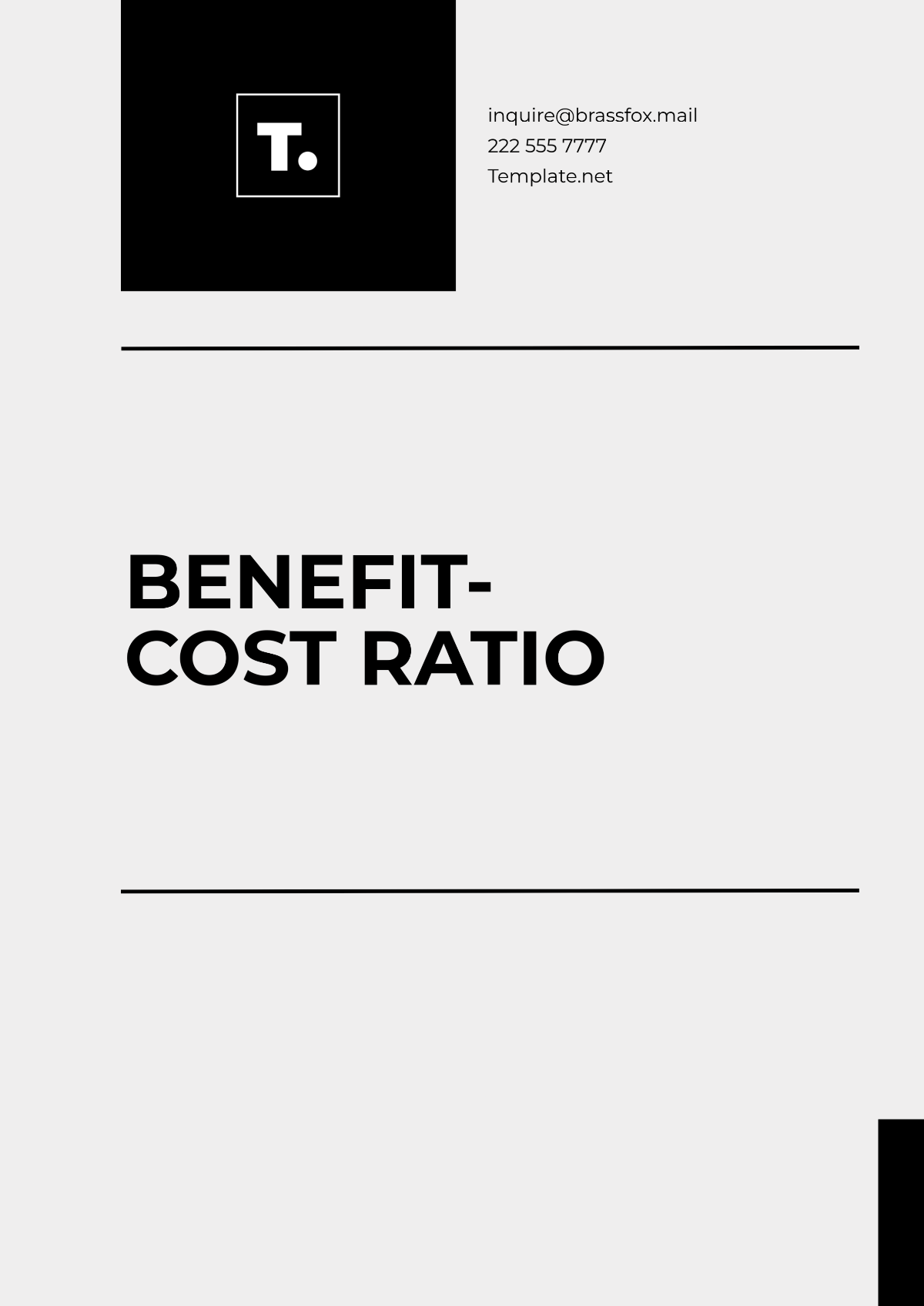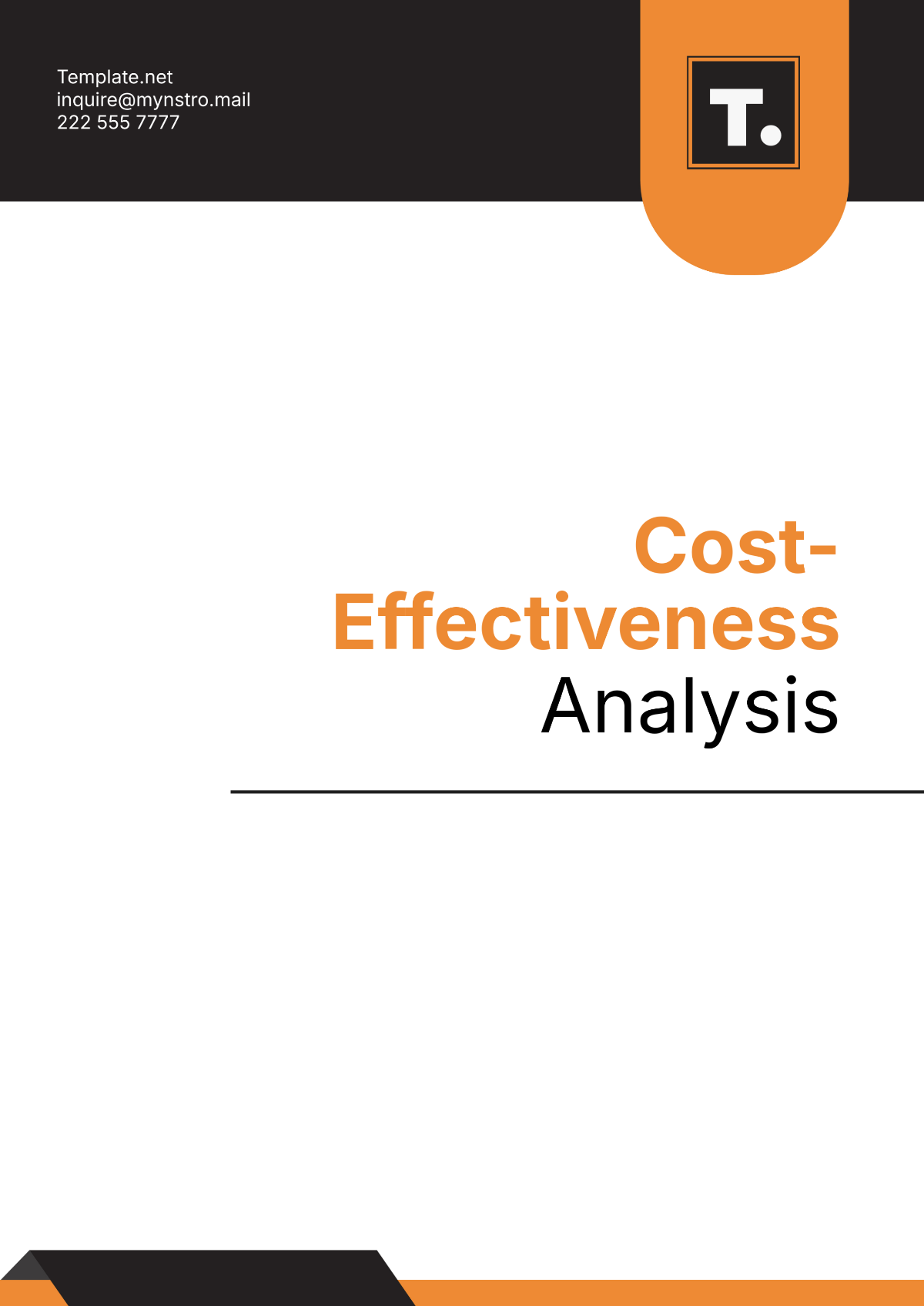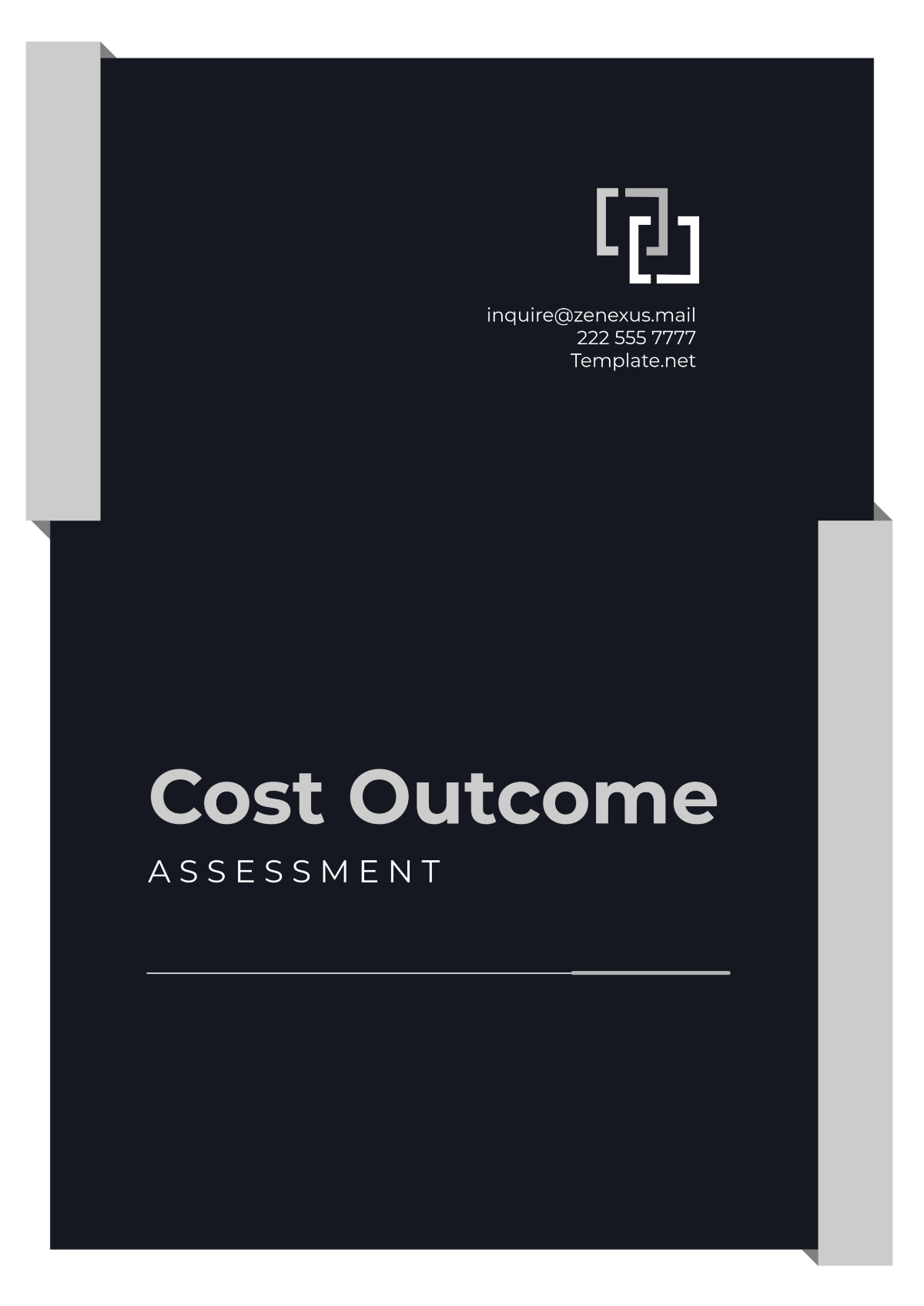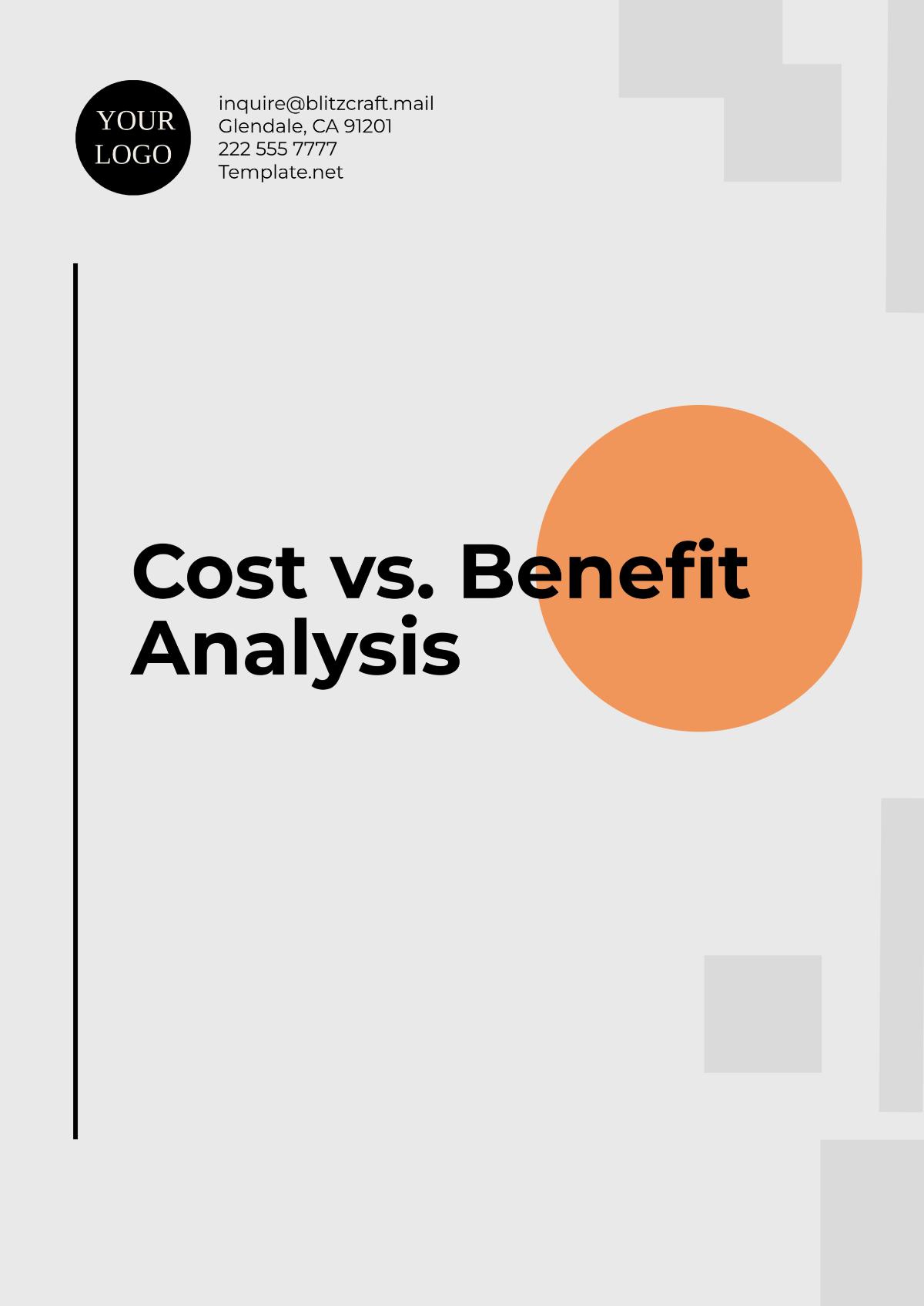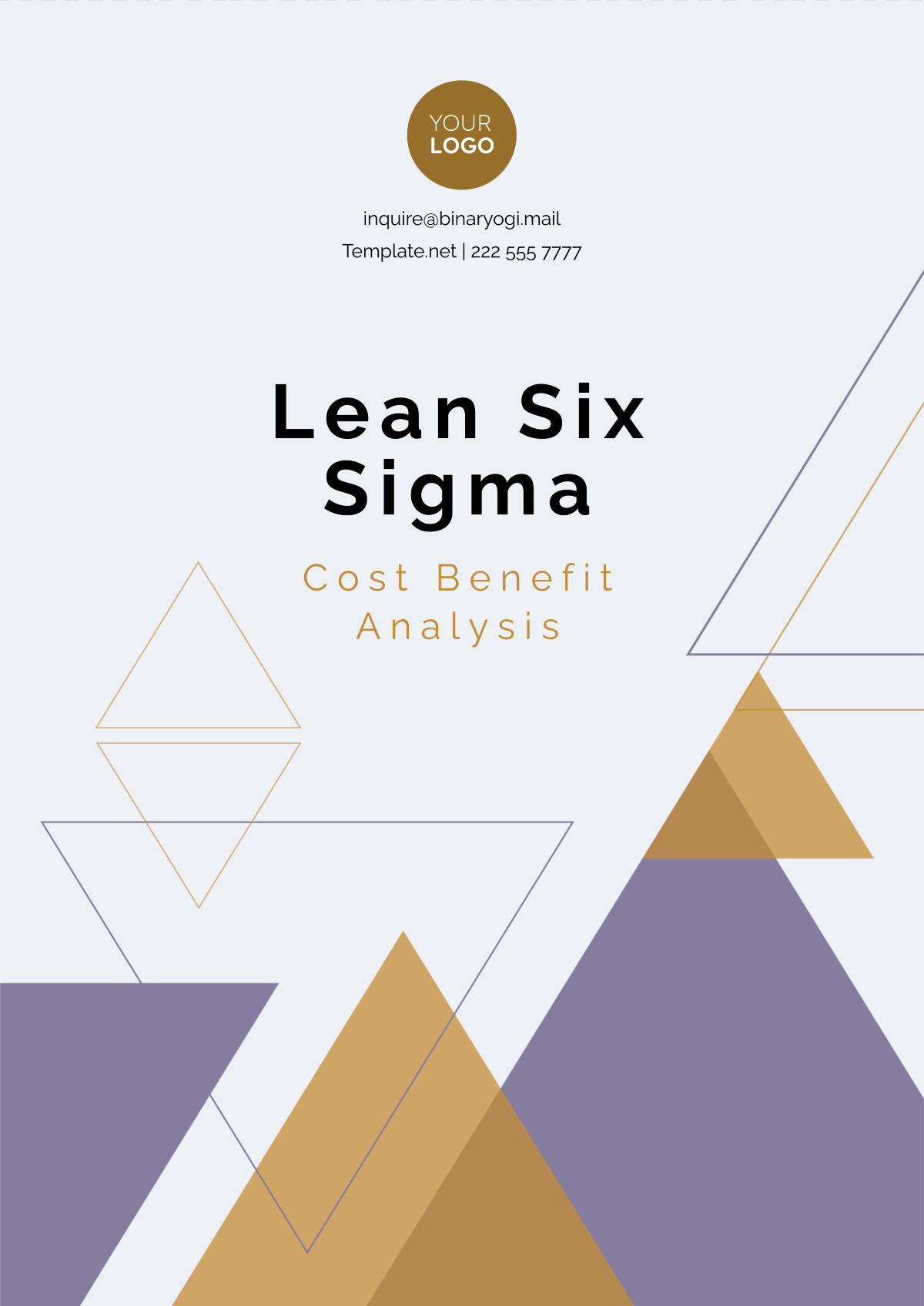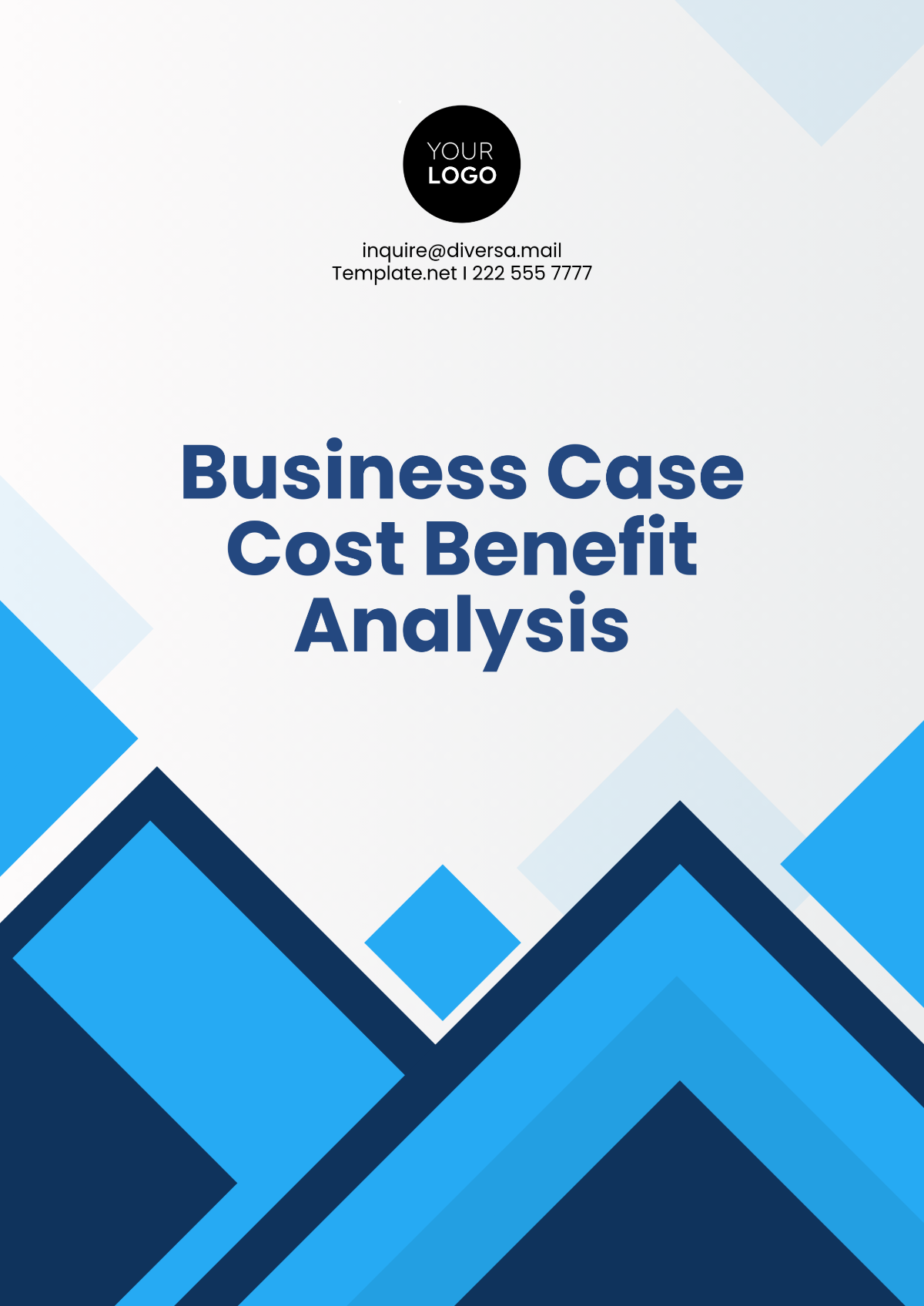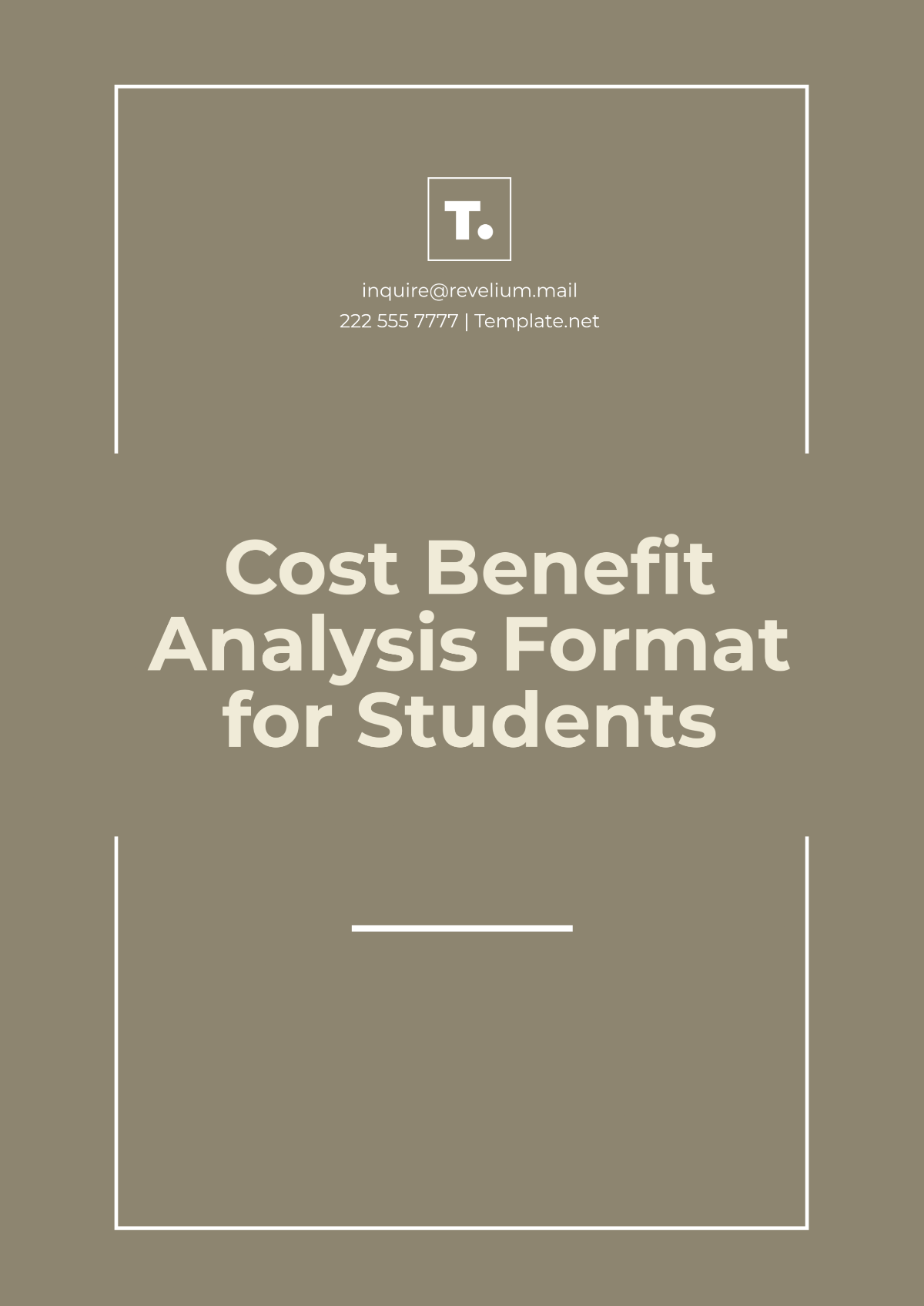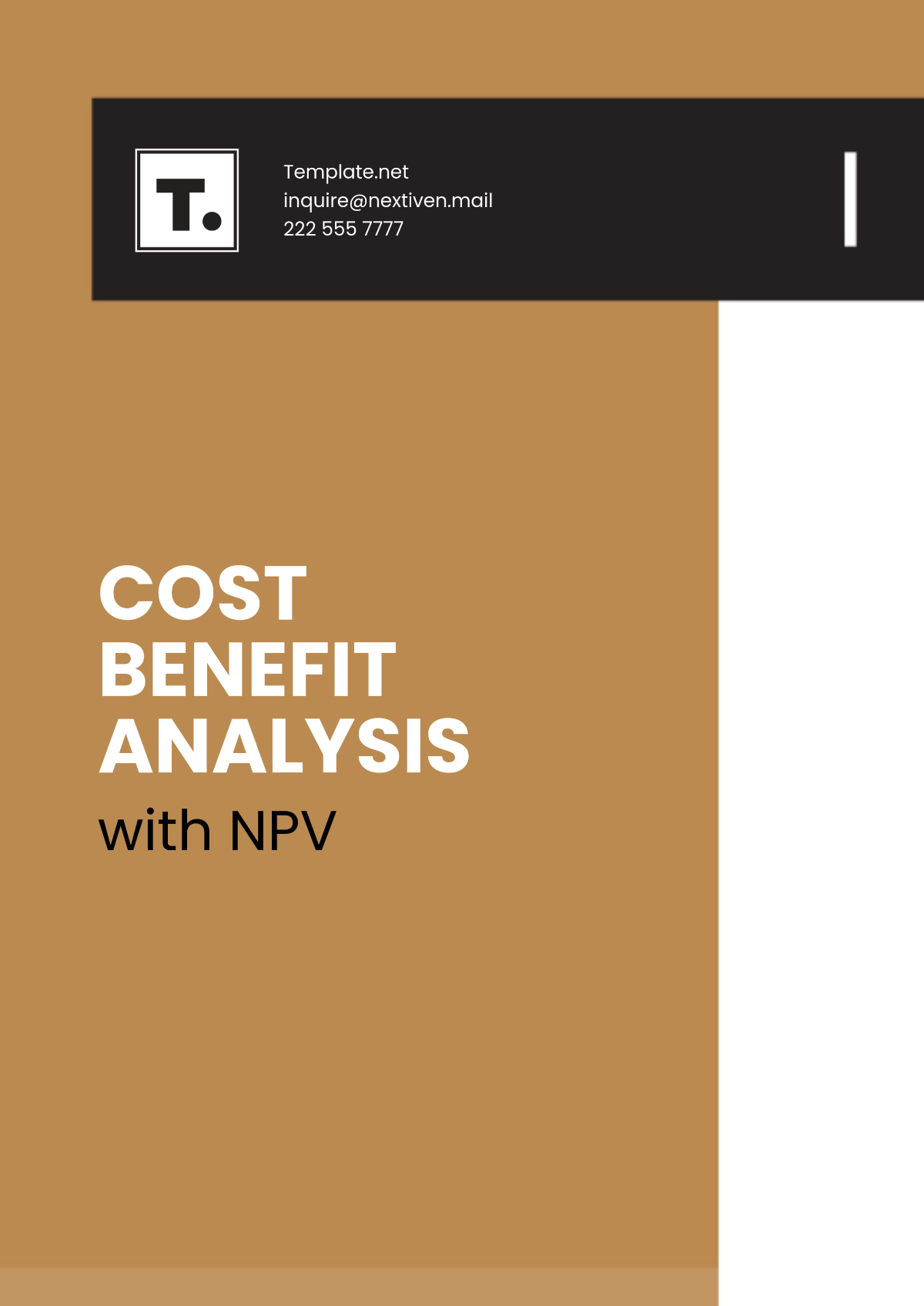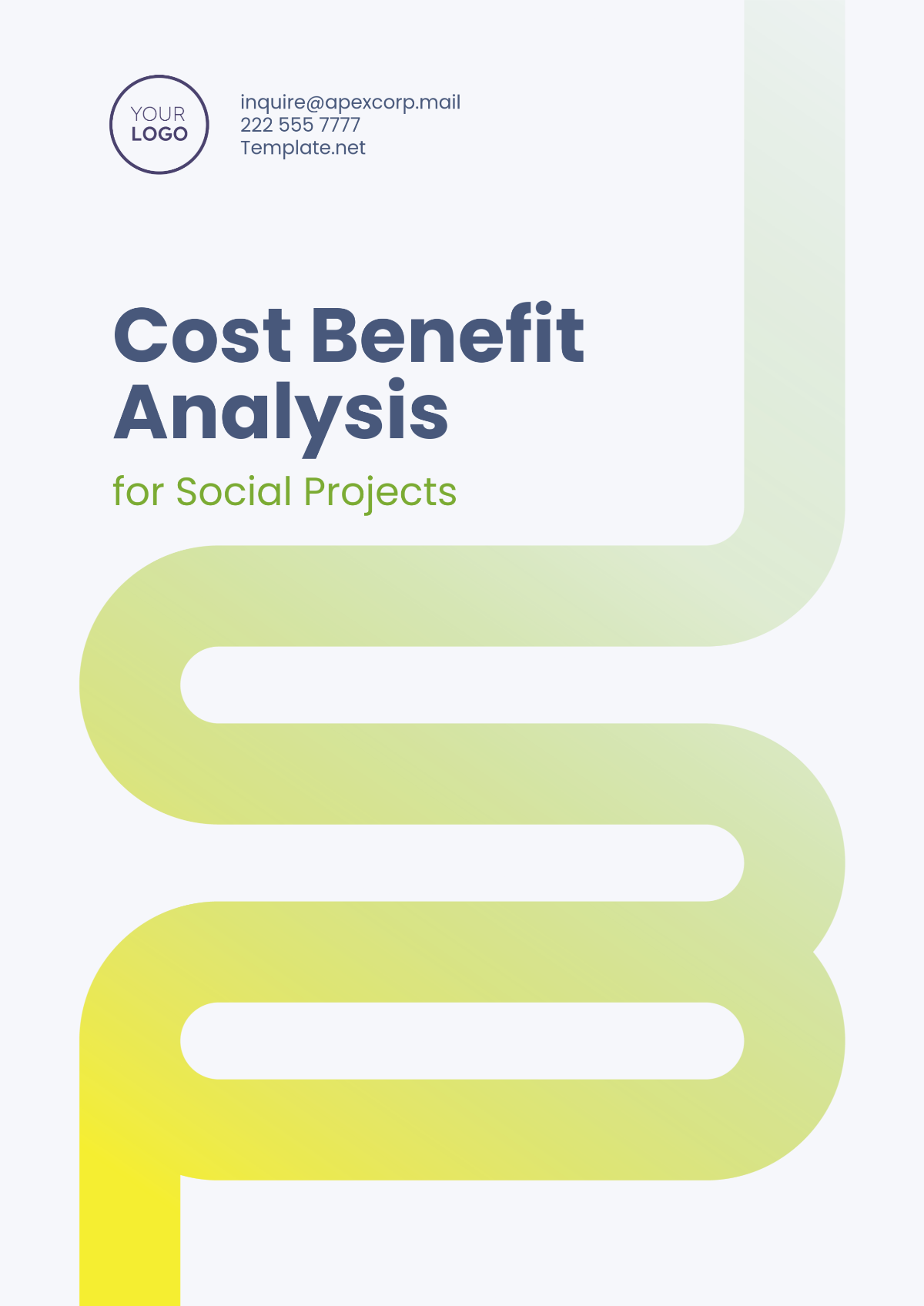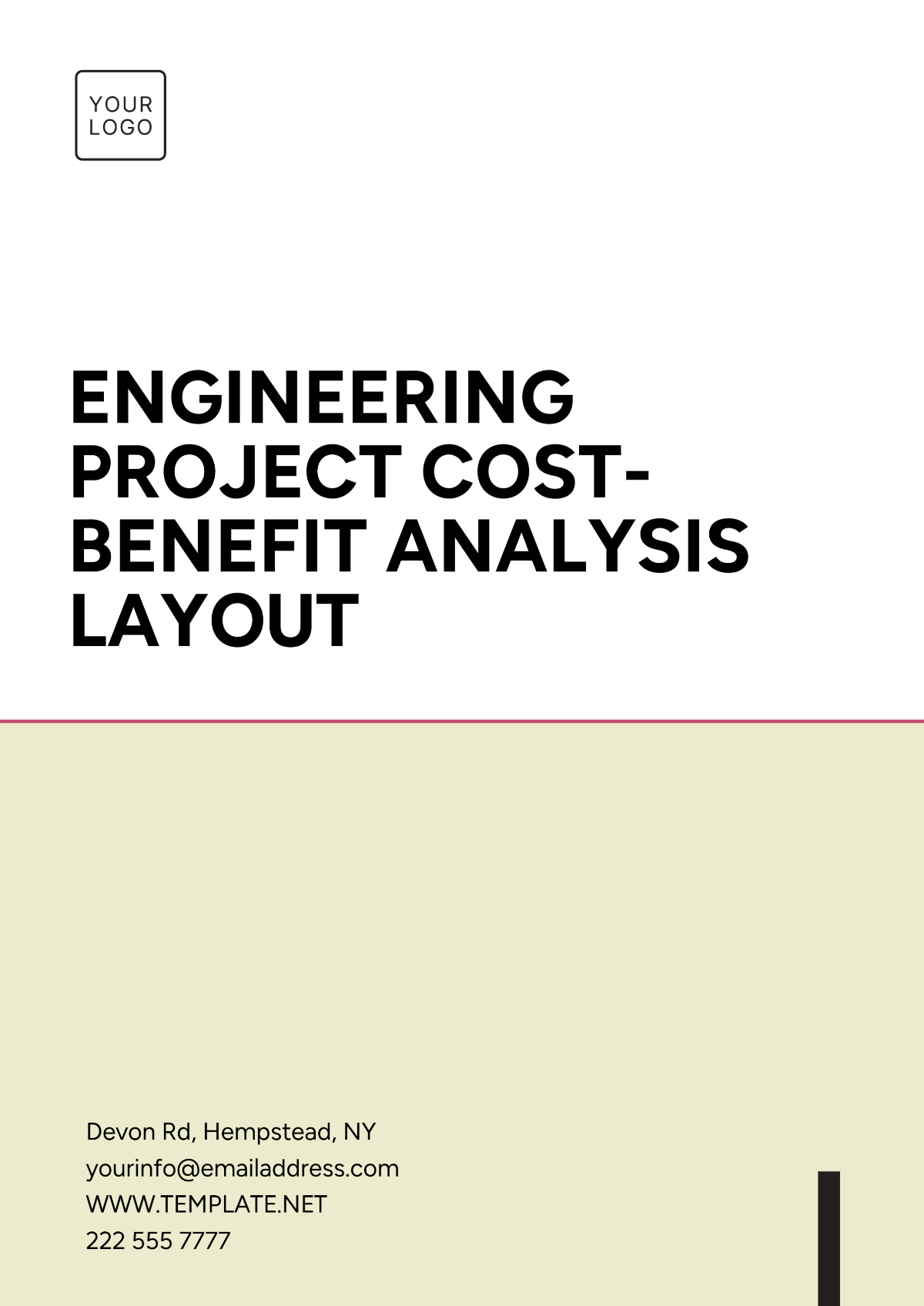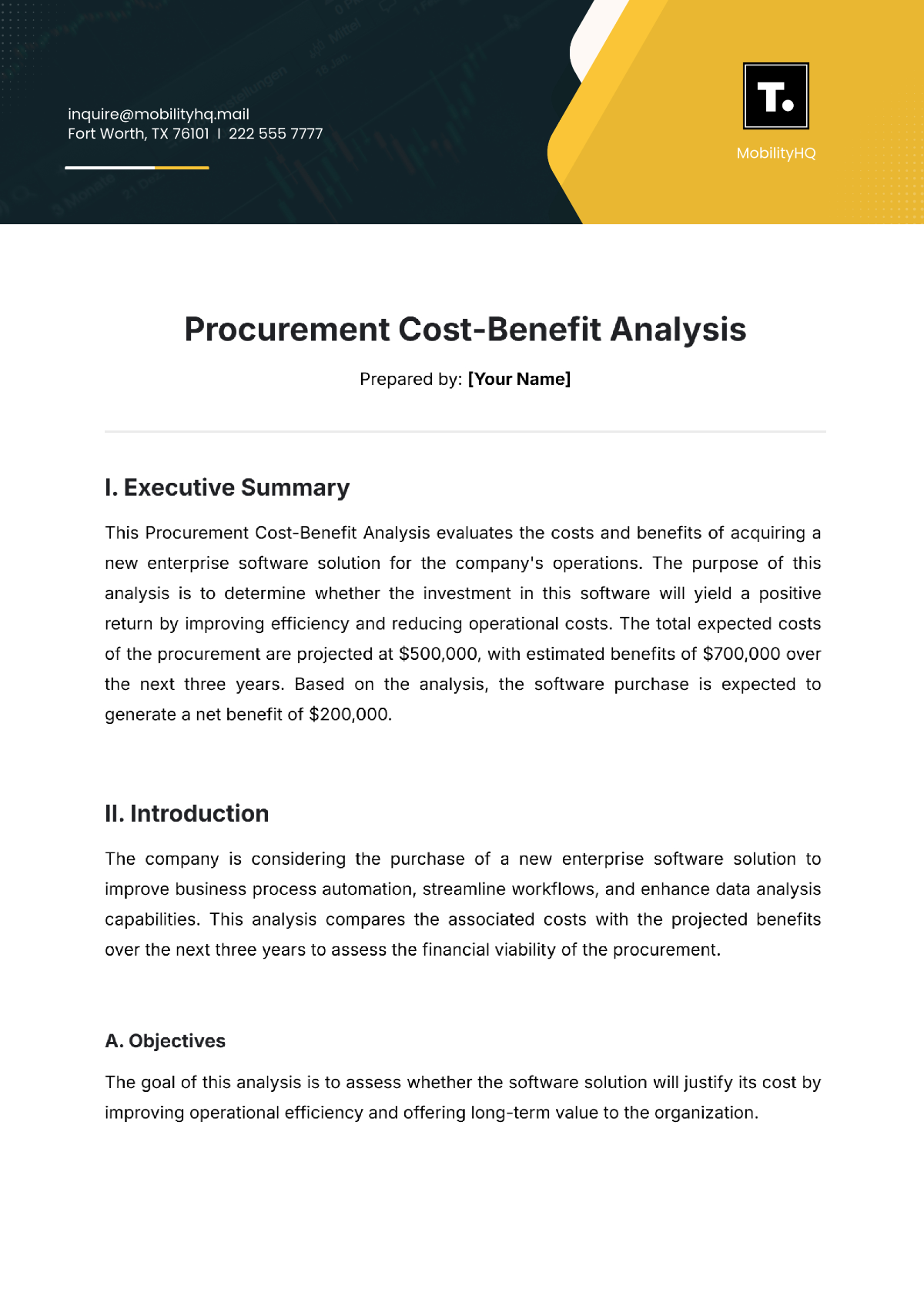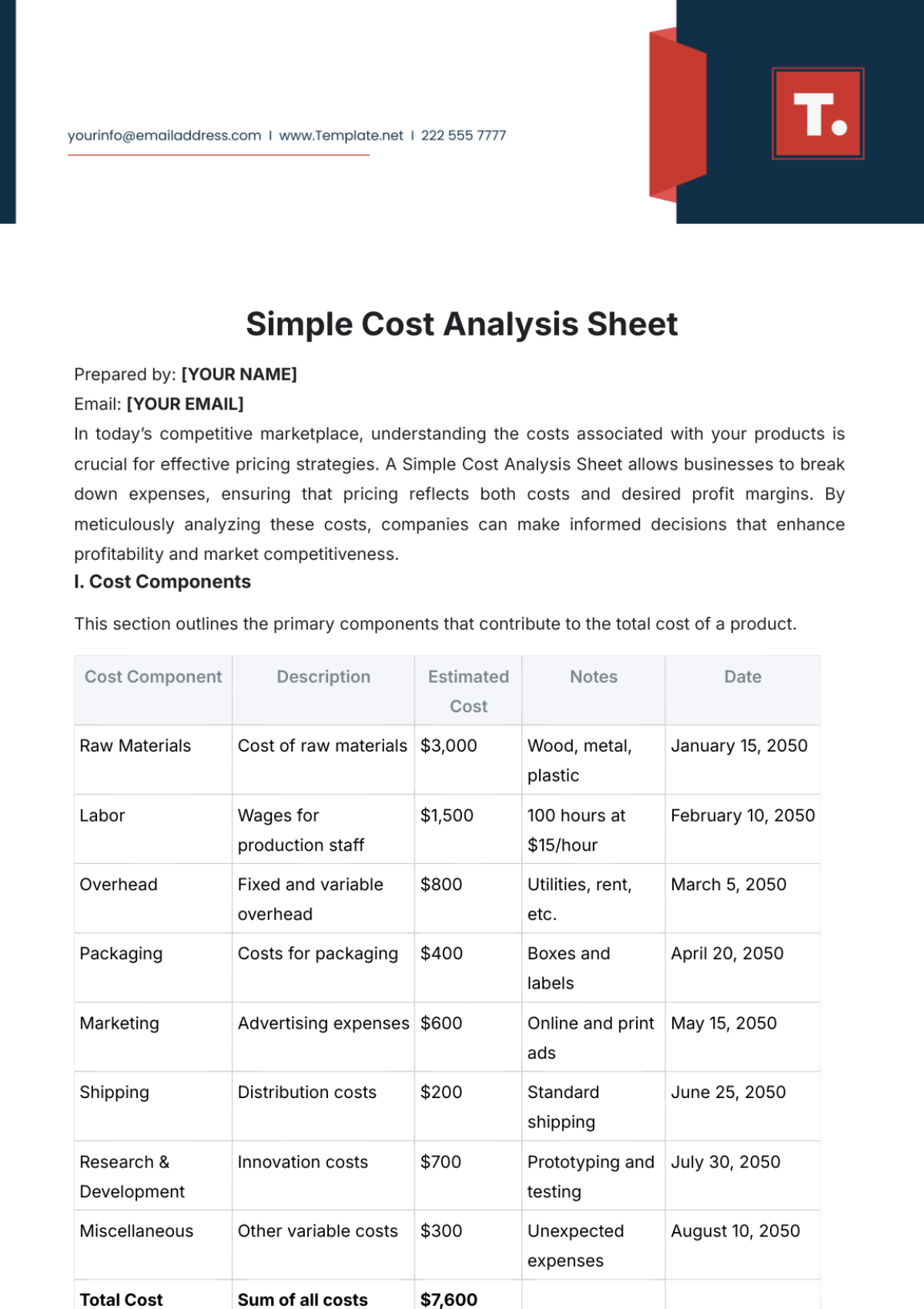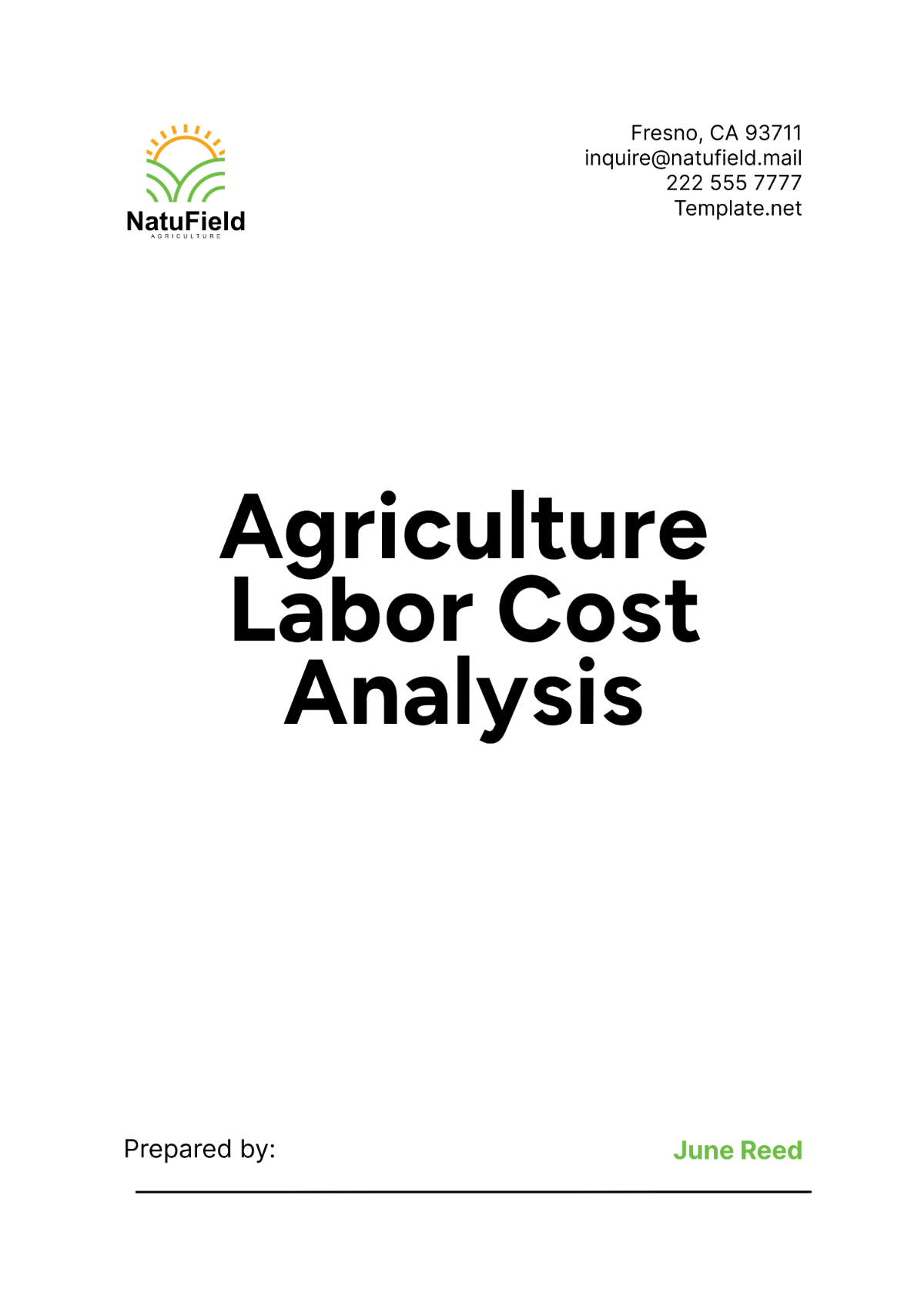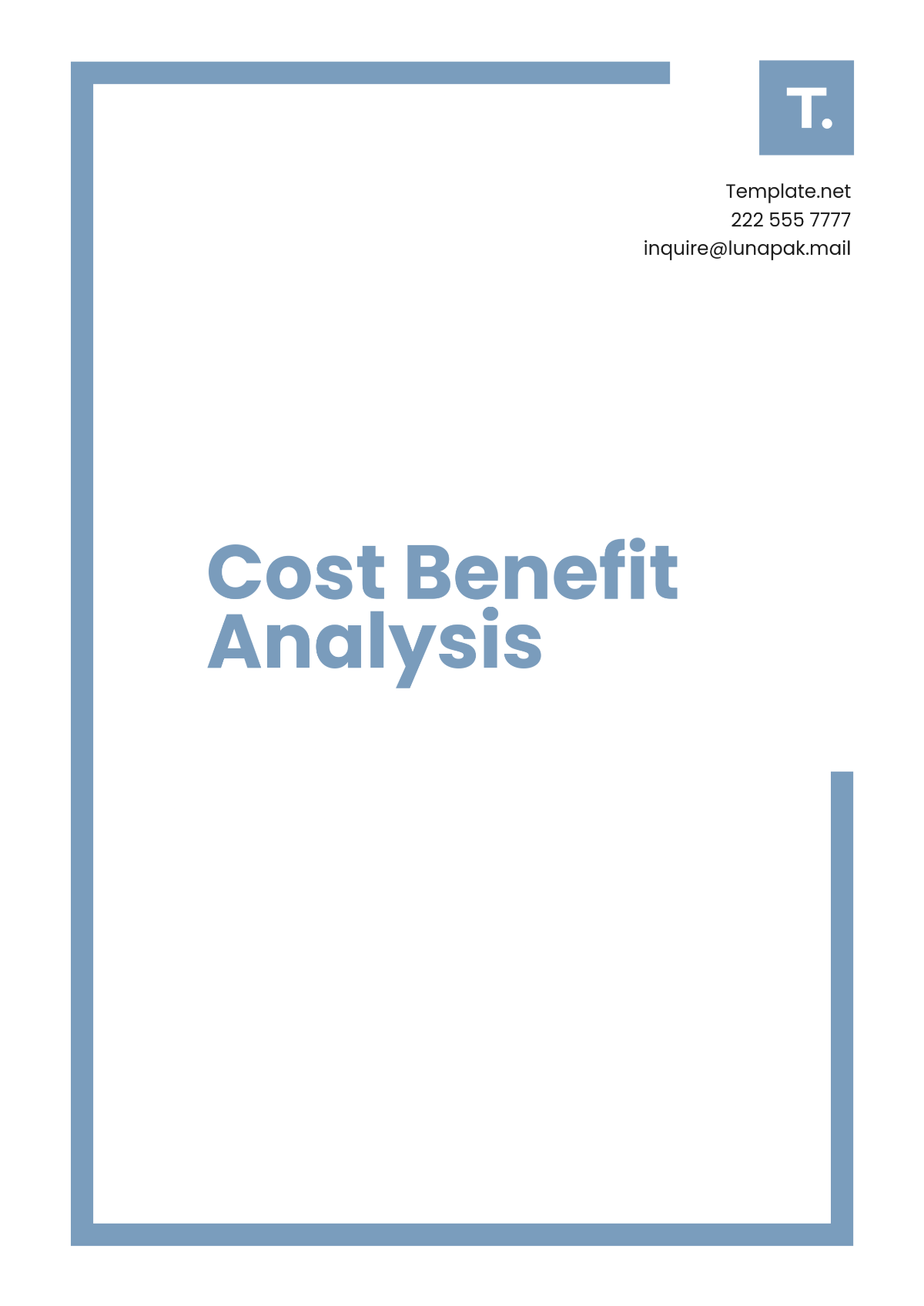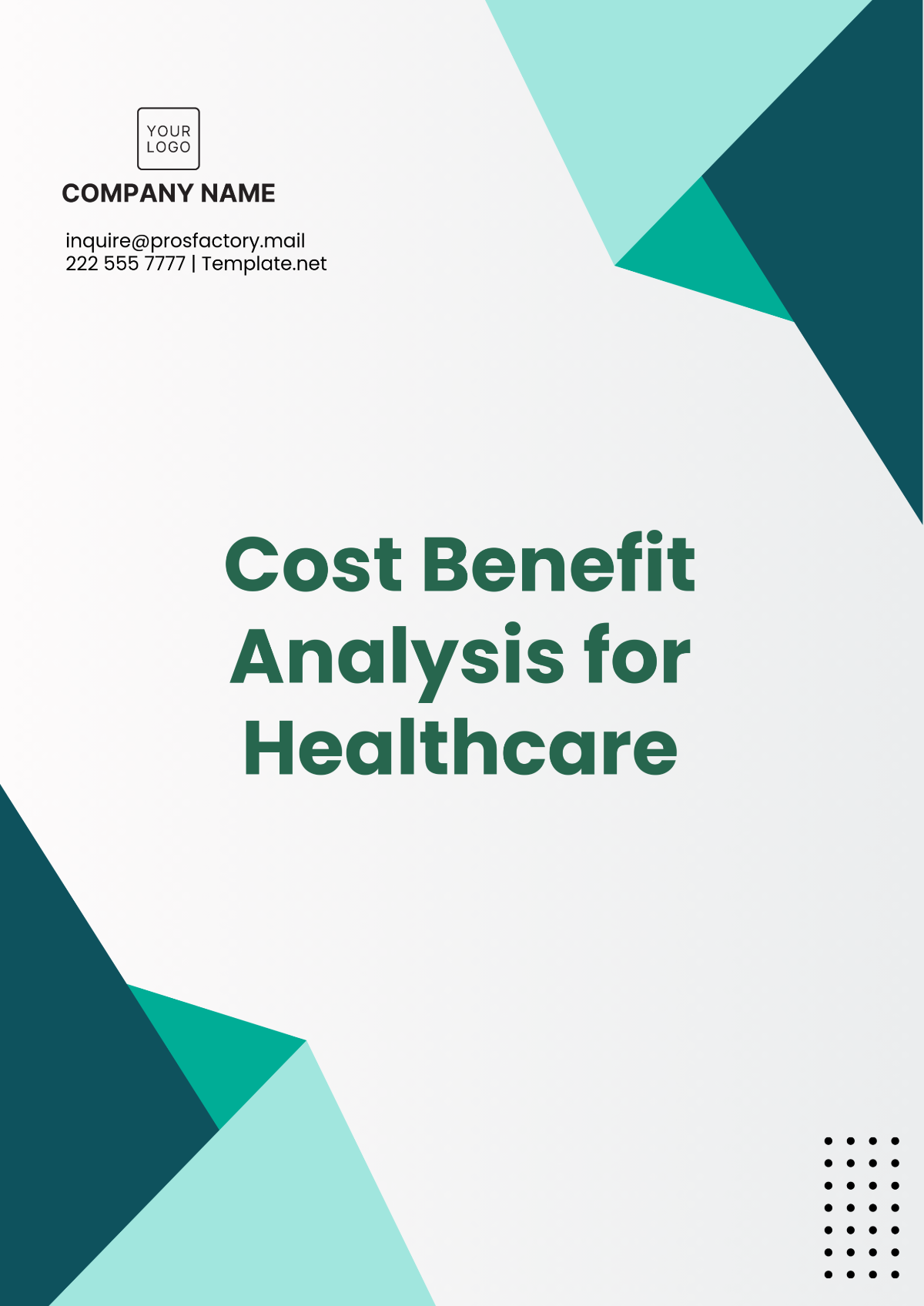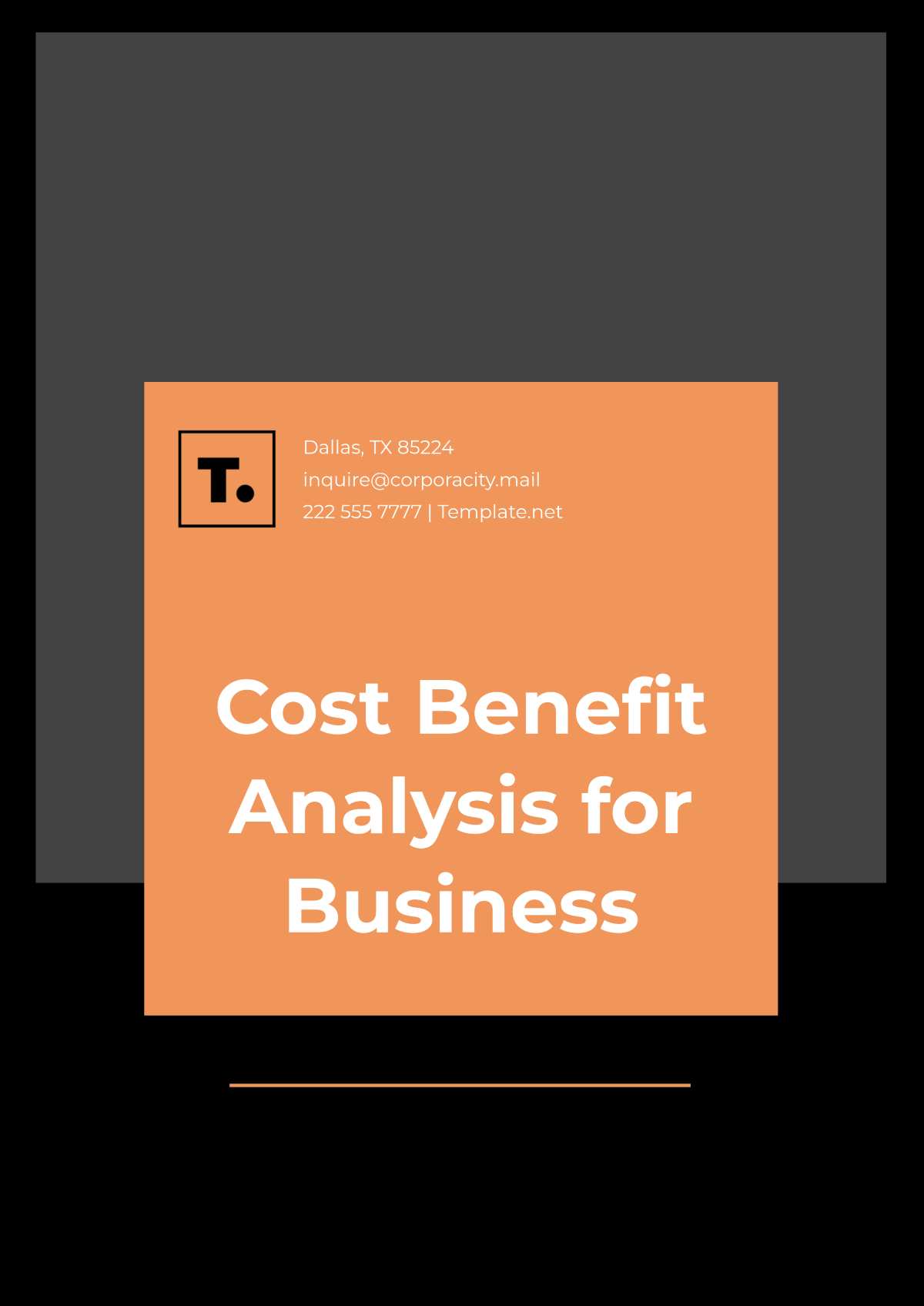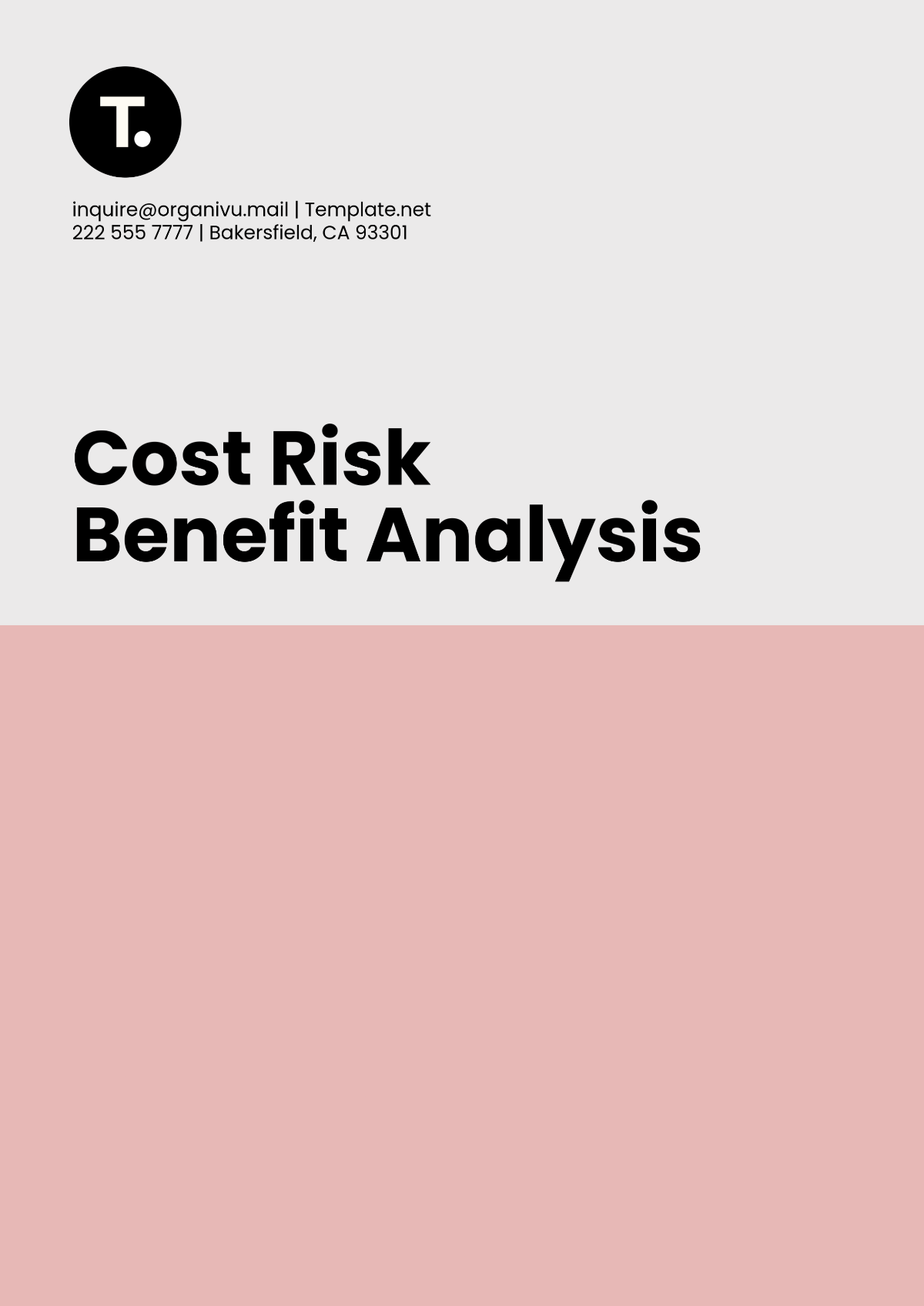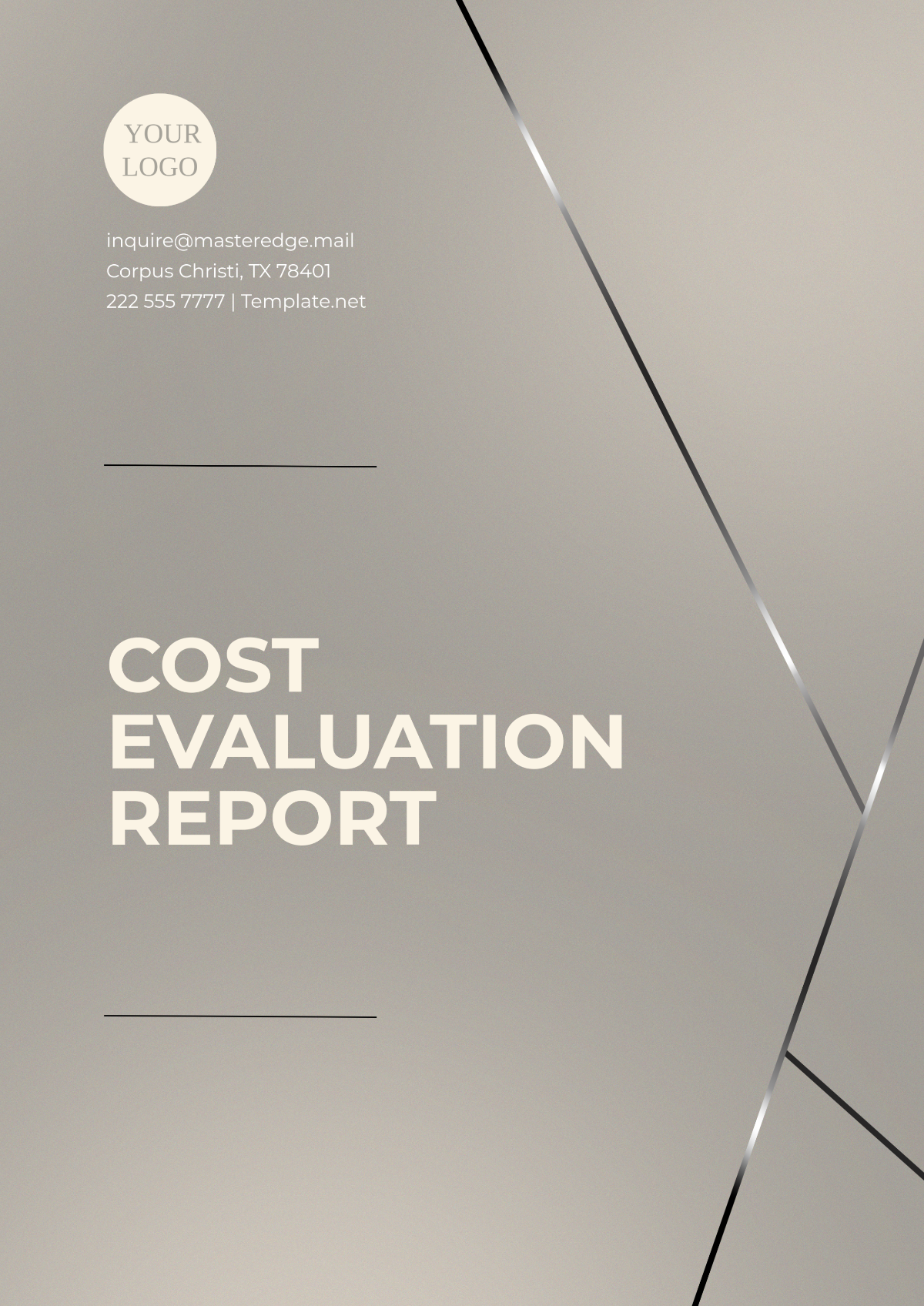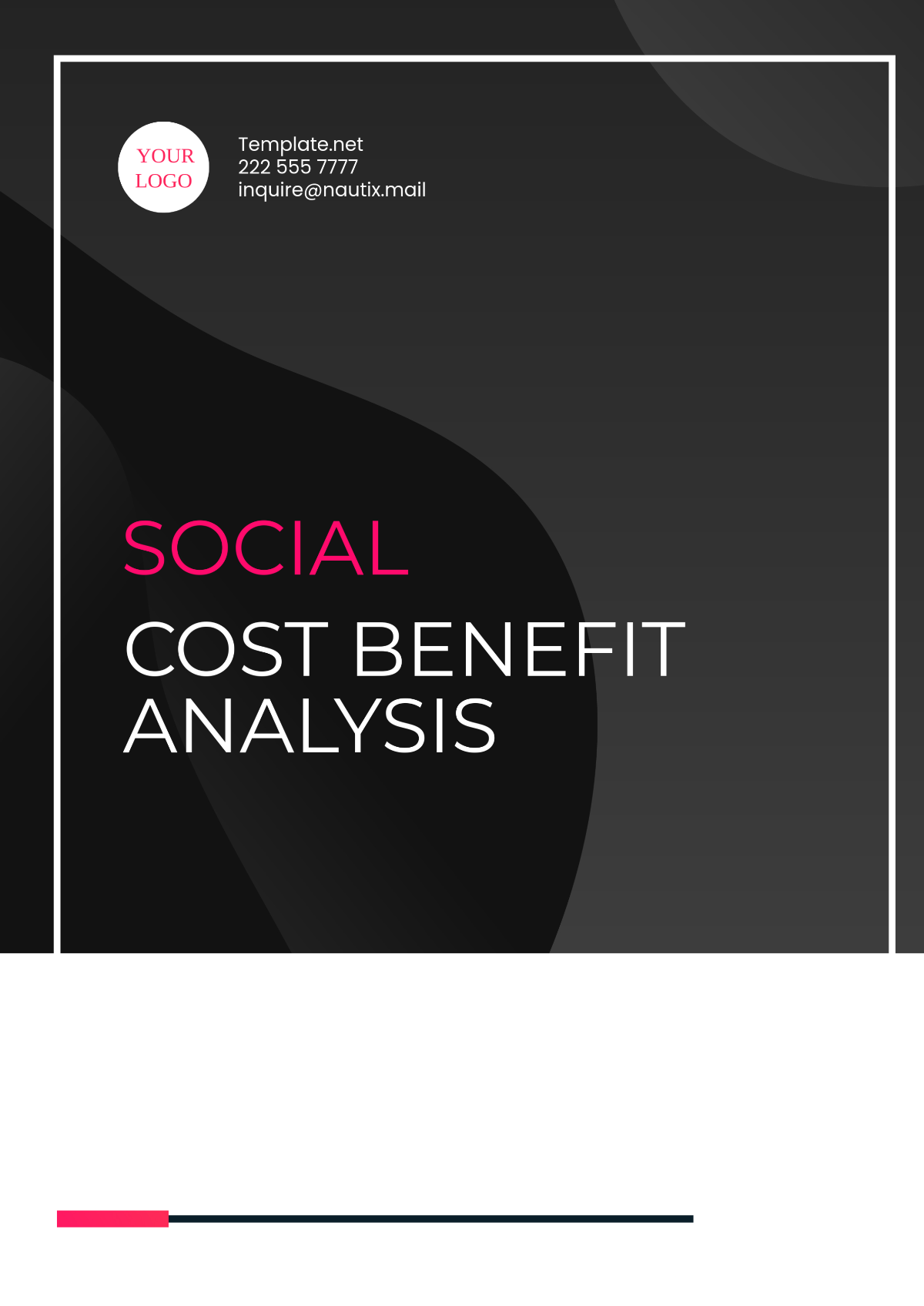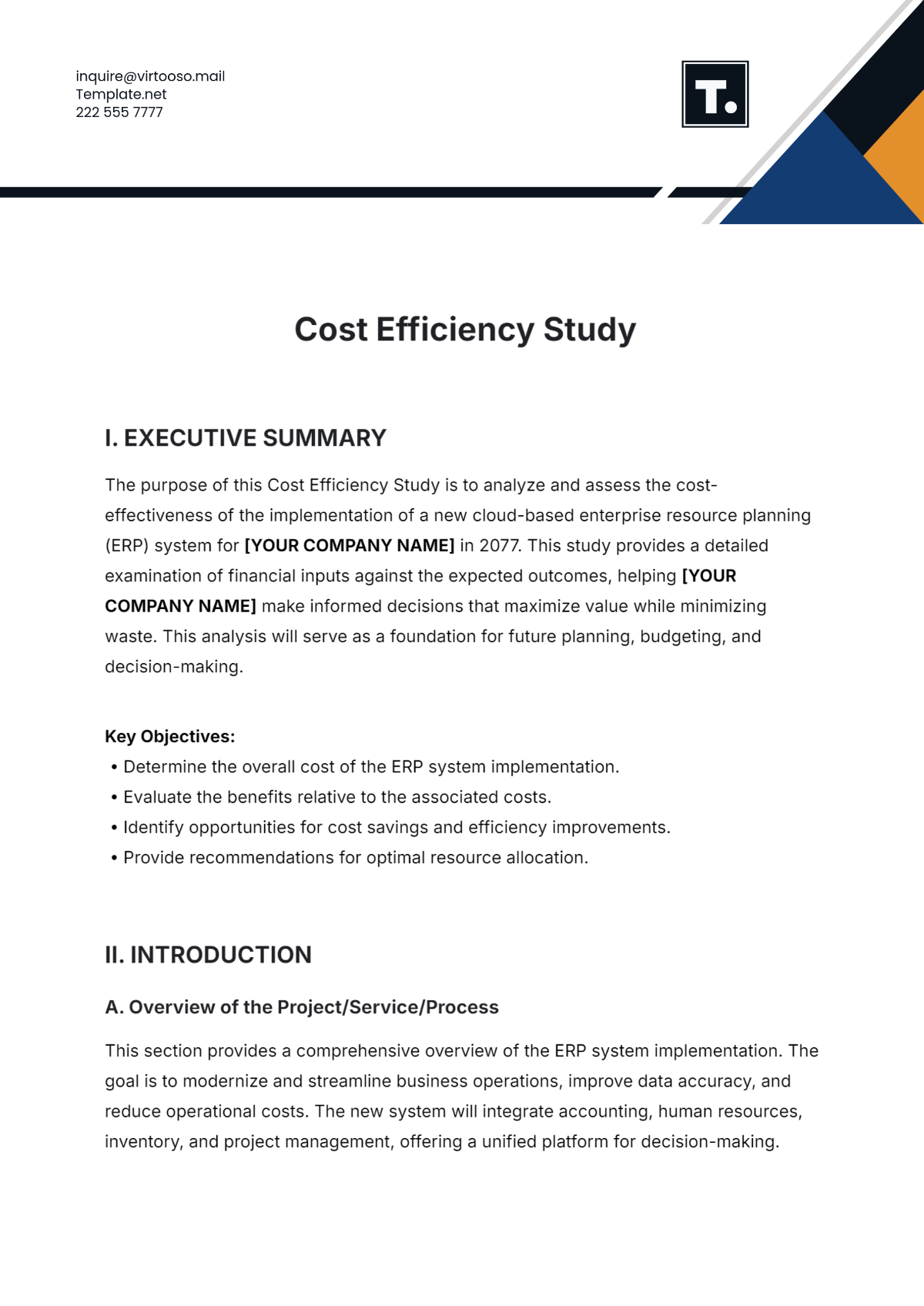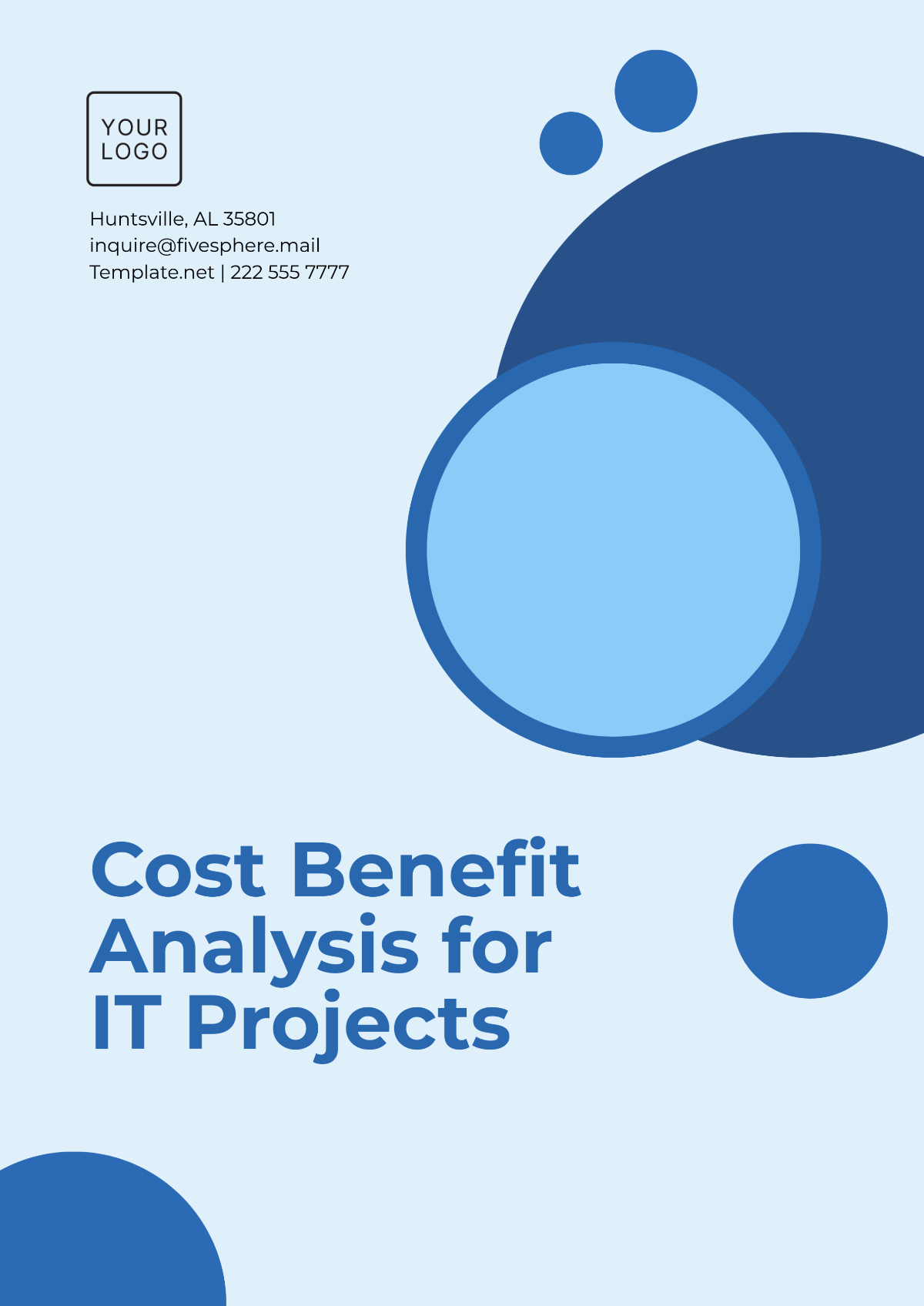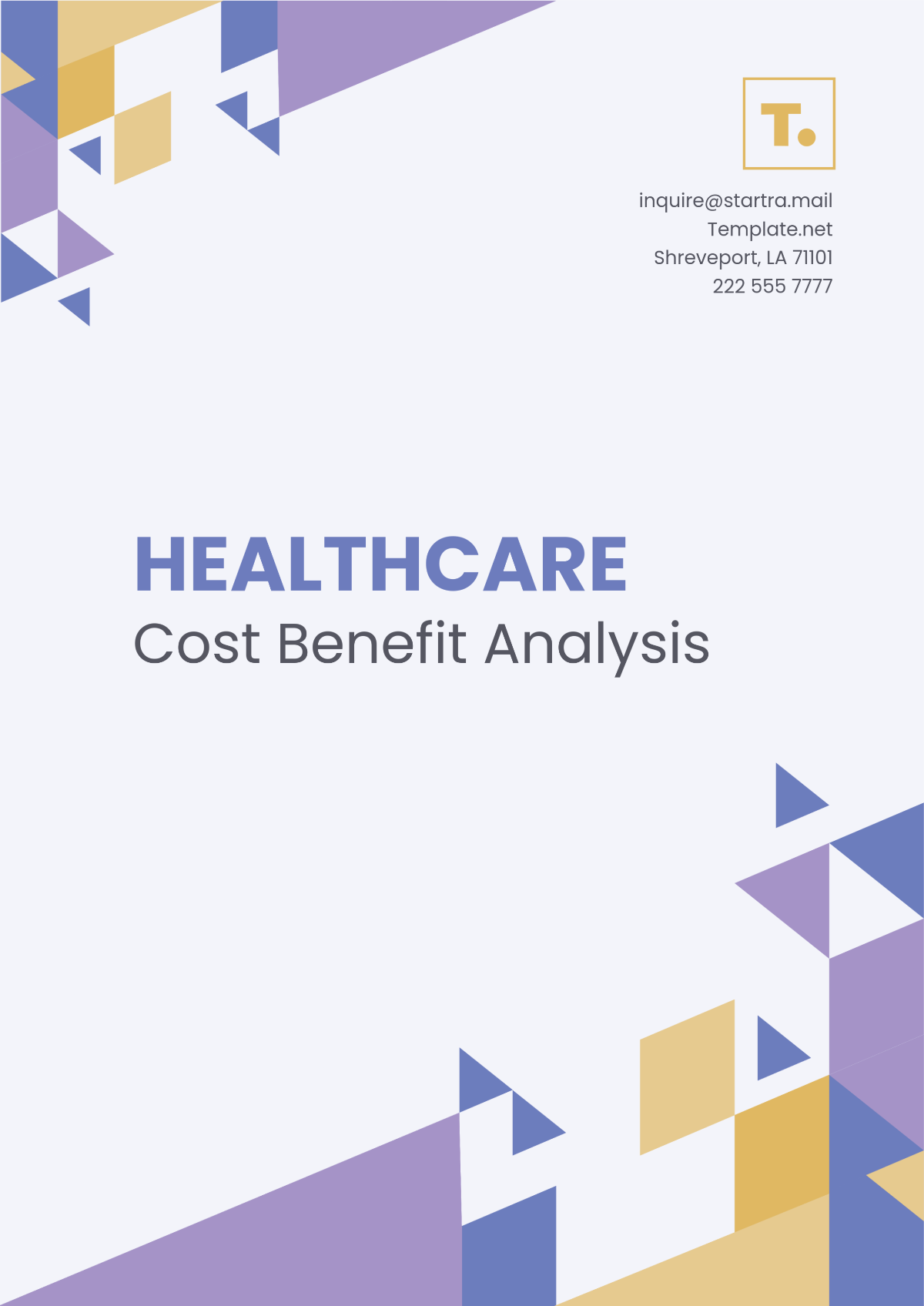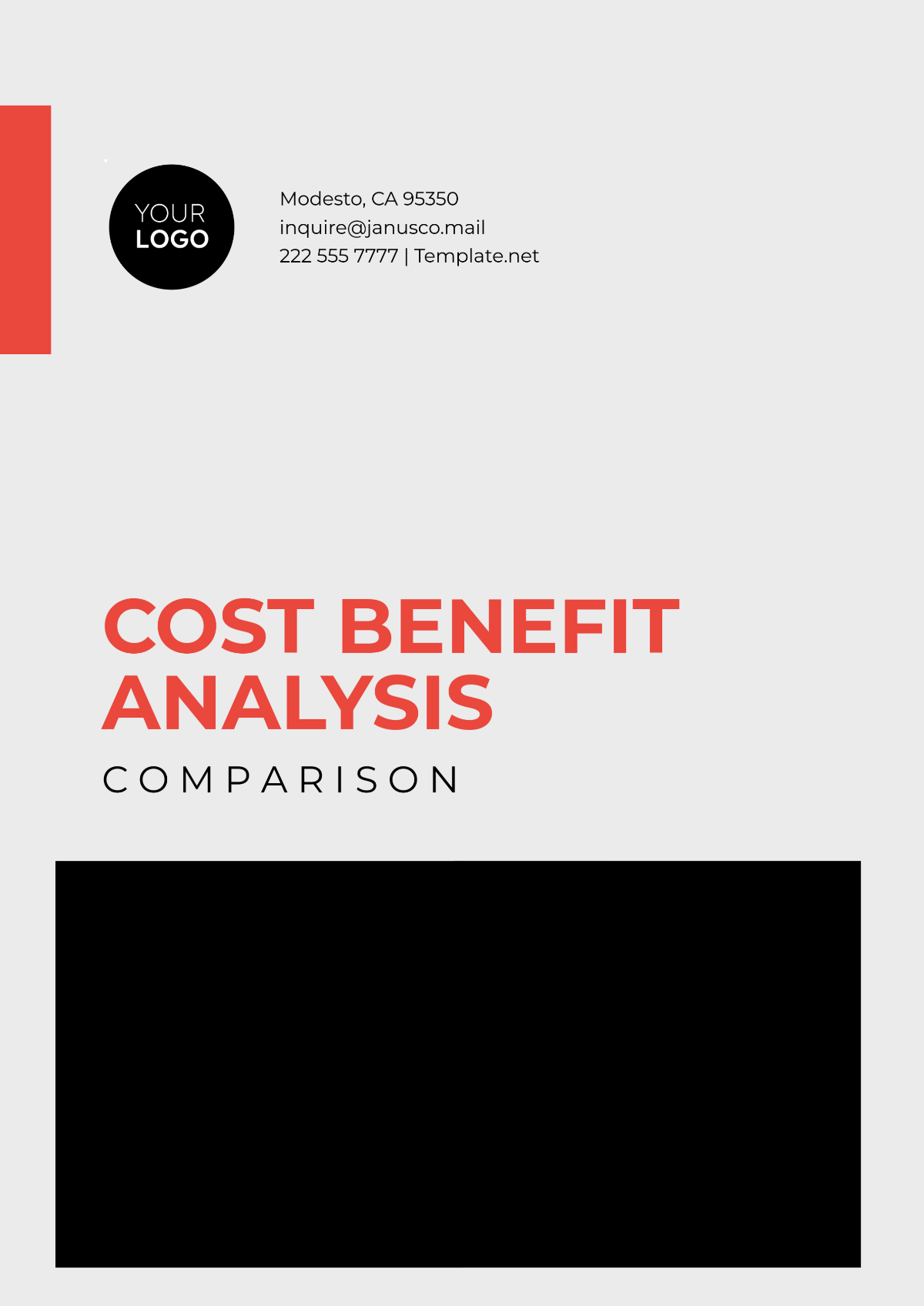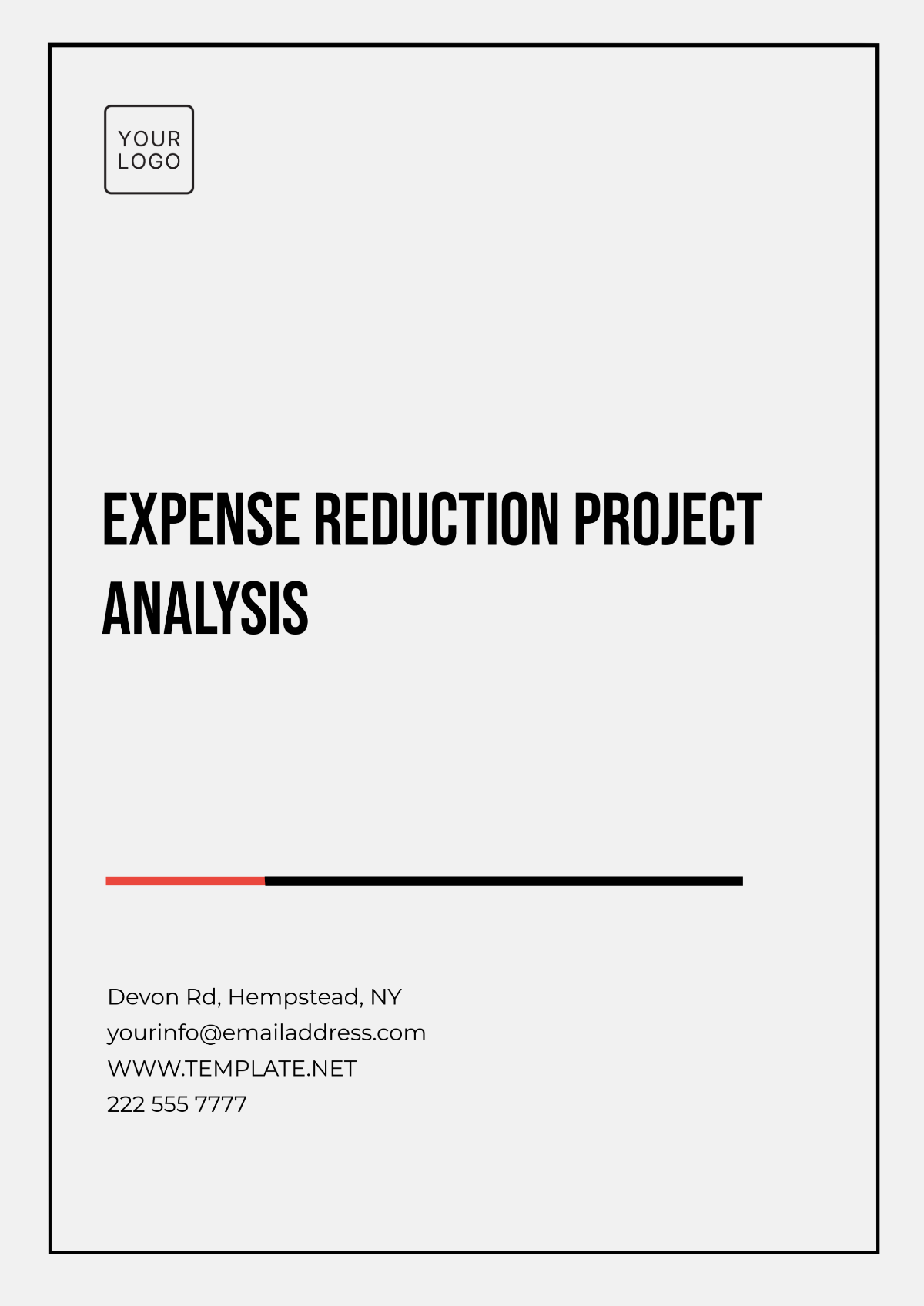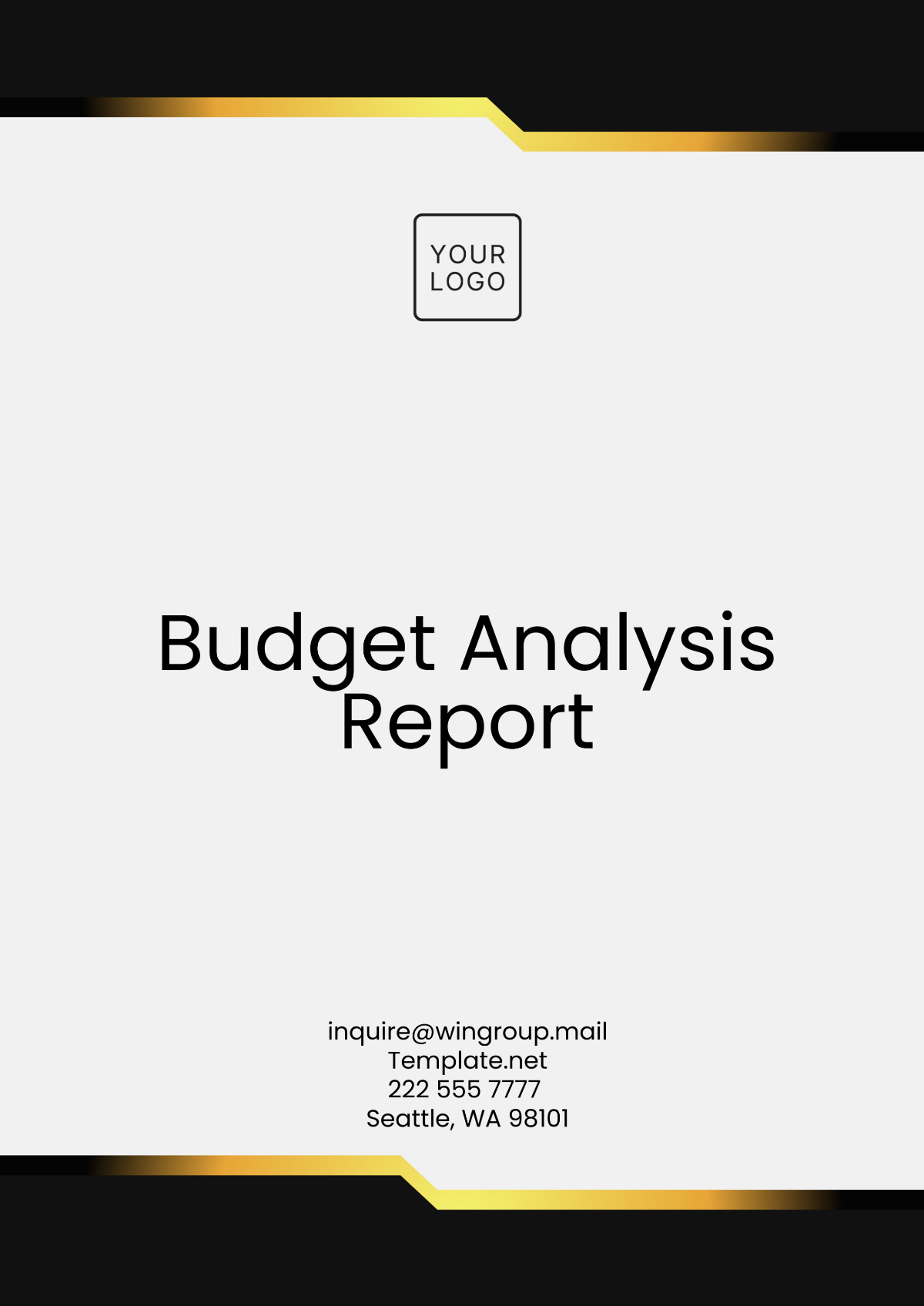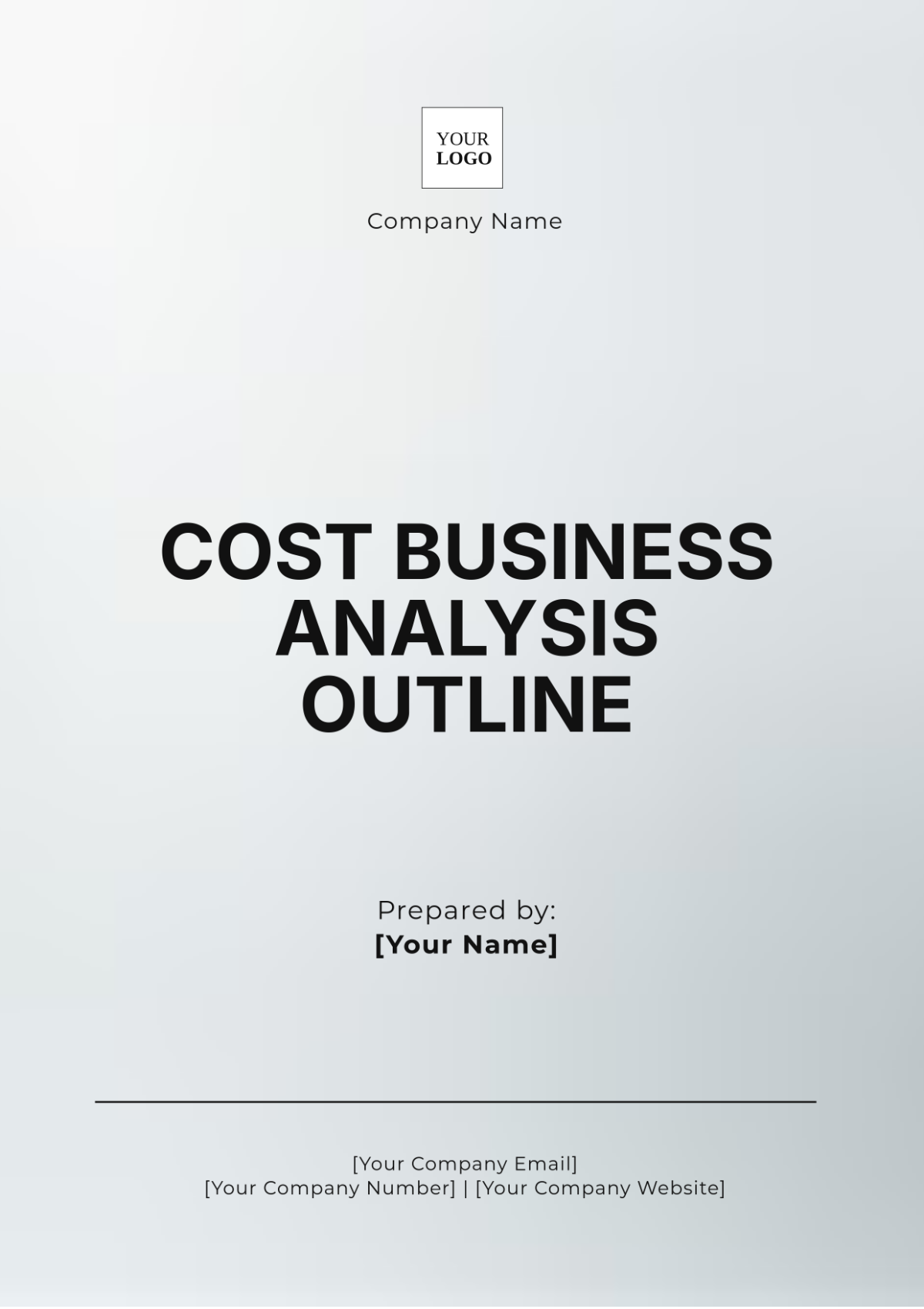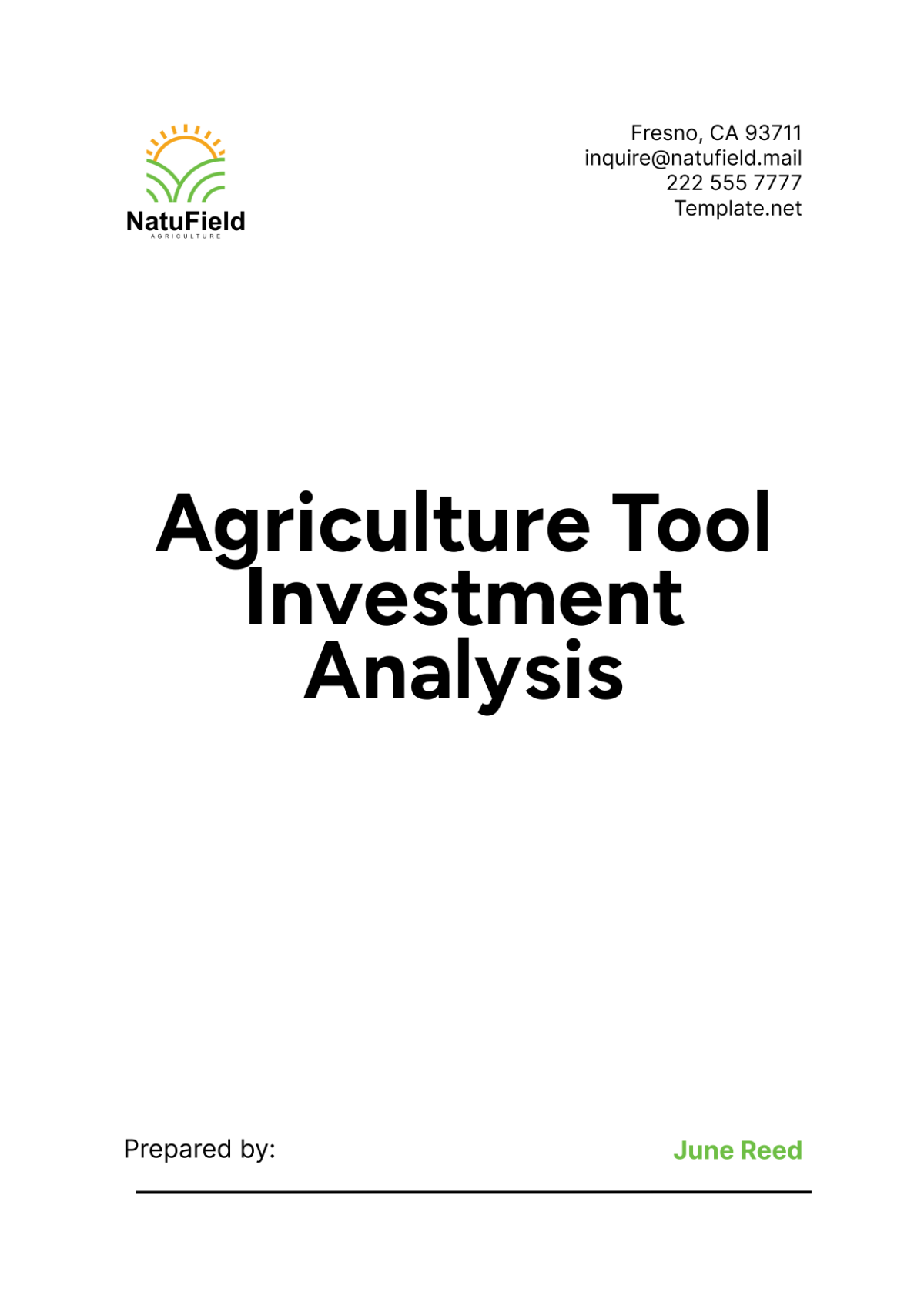EXPENSE REDUCTION PROJECT ANALYSIS
Prepared By: [Your Name]
Date: [Date]
Introduction
The purpose of this analysis is to evaluate the effectiveness and efficiency of the expense reduction initiatives undertaken by our organization. By systematically identifying key areas for cost cutting and evaluating the results, we aim to ensure the financial stability and sustainability of our operations.
Objectives
The primary objective of this project is to reduce overall expenses while maintaining productivity levels and quality standards. Secondary objectives include improving operational efficiencies, eliminating waste, and optimizing resource allocation.
Areas of Focus
Operational Costs
Employee Expenses
Supply Chain and Procurement
Utilities and Facilities Management
Operational Costs
This section addresses the costs associated with the day-to-day operations of the company. Streamlining processes and adopting technology solutions are potential methods for reducing these expenses without impacting business output.
Employee Expenses
Employee-related costs, including salaries, benefits, and training, represent a significant portion of our budget. This analysis considers restructuring roles, enhancing remote work capabilities, and revisiting benefit packages.
Supply Chain and Procurement
Negotiating better terms with suppliers and optimizing the supply chain process can lead to significant savings. Strategies here include bulk purchasing, just-in-time inventory, and supplier competition.
Utilities and Facilities Management
Efficient energy use and facility management can contribute to reducing costs. This section explores investments in energy-saving technologies, regular maintenance, and consolidating office spaces.
Methods
Data Collection
Data was collected from financial statements, operational reports, and employee surveys. This data was then analyzed to identify trends, patterns, and areas with the highest potential for savings.
Analysis Techniques
Various financial analysis techniques were employed, including variance analysis, benchmarking against industry standards, and cost-benefit analysis, to evaluate the effectiveness of the cost reduction strategies.
Findings
Category | Initial Expenses | Final Expenses | Percentage Reduction |
|---|---|---|---|
Operational Costs | $500,000 | $450,000 | 10% |
Employee Expenses | $1,200,000 | $1,080,000 | 10% |
Supply Chain | $800,000 | $720,000 | 10% |
Utilities | $150,000 | $135,000 | 10% |
Overall, the expense reduction measures have resulted in a total savings of 10% across all assessed categories, demonstrating a significant improvement in cost efficiency.
Conclusions
The expense reduction initiatives have successfully met the project’s objectives by significantly lowering costs without adversely affecting operational efficiency or service quality. These results indicate that the strategies enforced were both effective and sustainable.
Recommendations
Continue to monitor expense categories and adapt strategies as necessary to maintain the savings.
Invest in technology and training to facilitate ongoing operational efficiencies.
Expand the scope of the project to include other potential areas for cost savings.
Future Work
Further work will involve deeper analysis into each area to uncover additional opportunities for cost savings, ensuring that our organization remains financially adept in a competitive marketplace. The focus will also include evaluating long-term impacts of current cost reduction measures and adjusting as needed.

